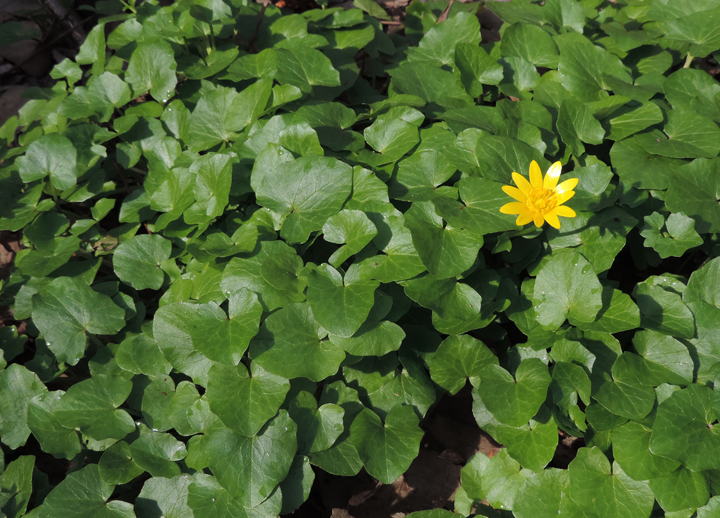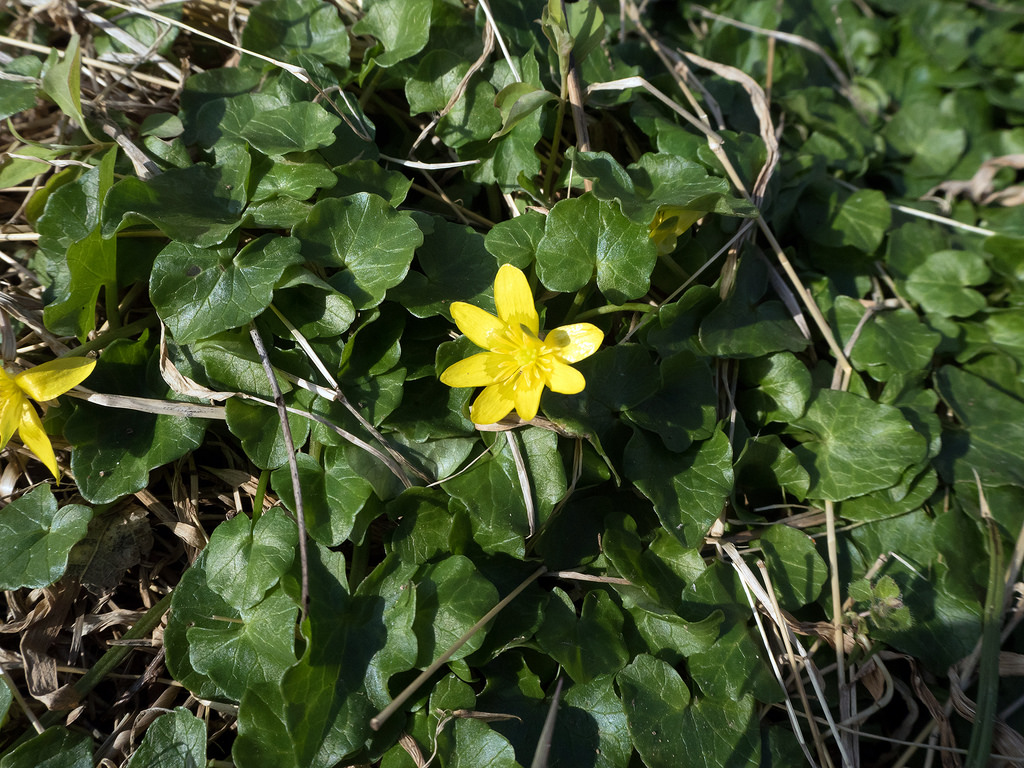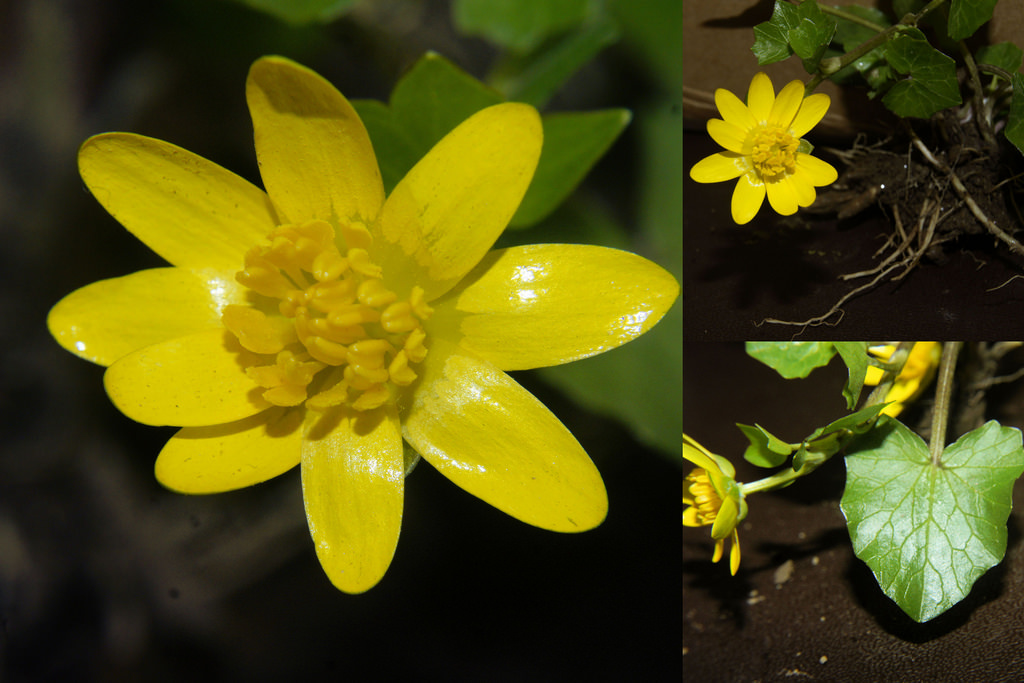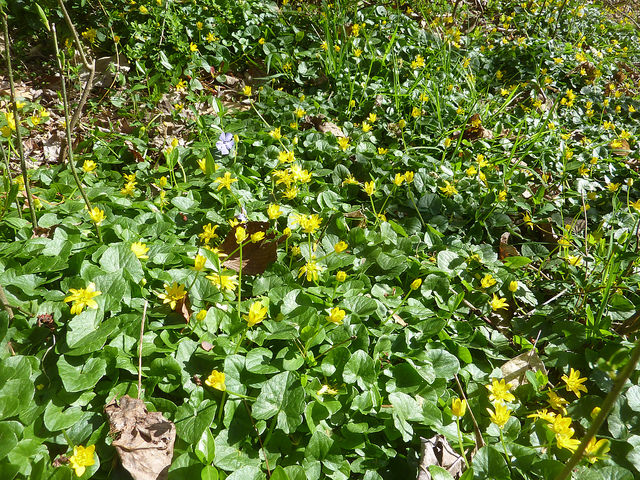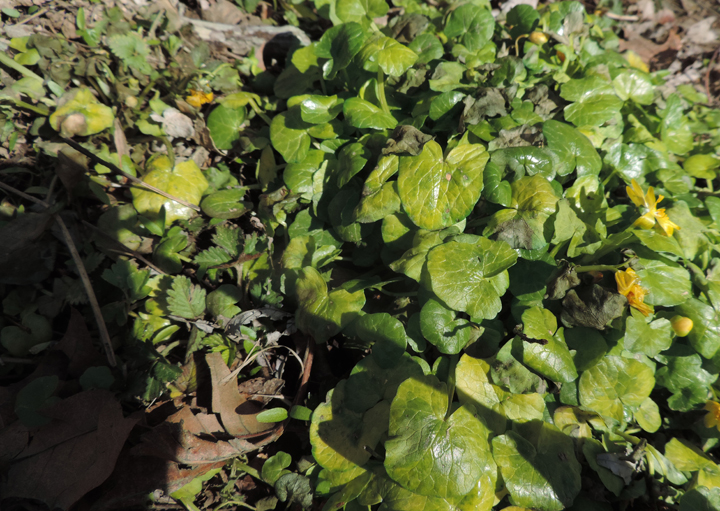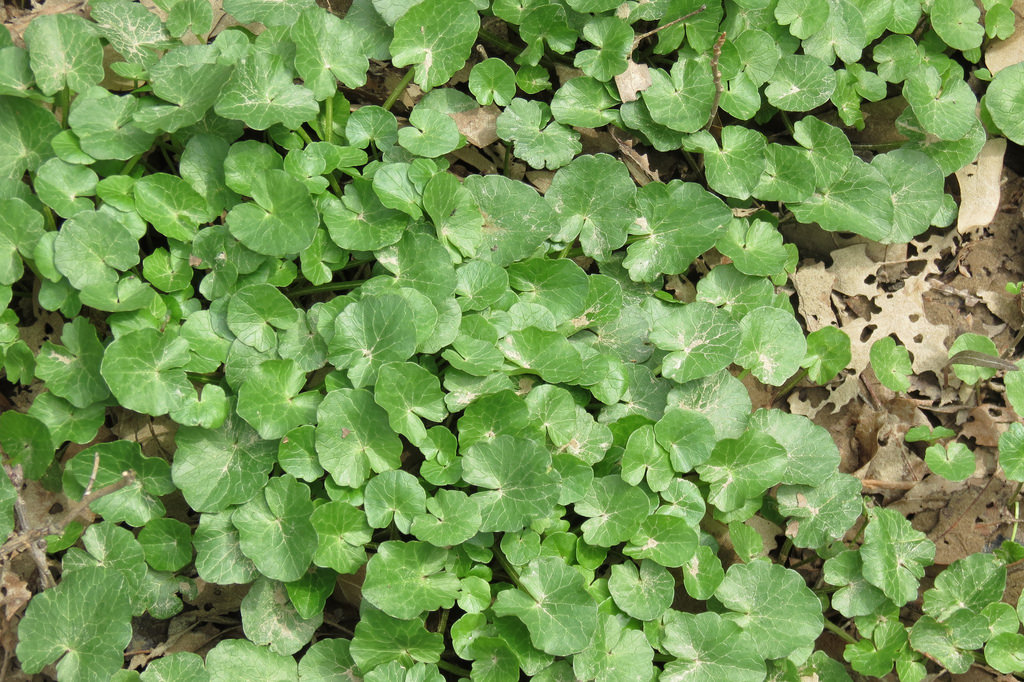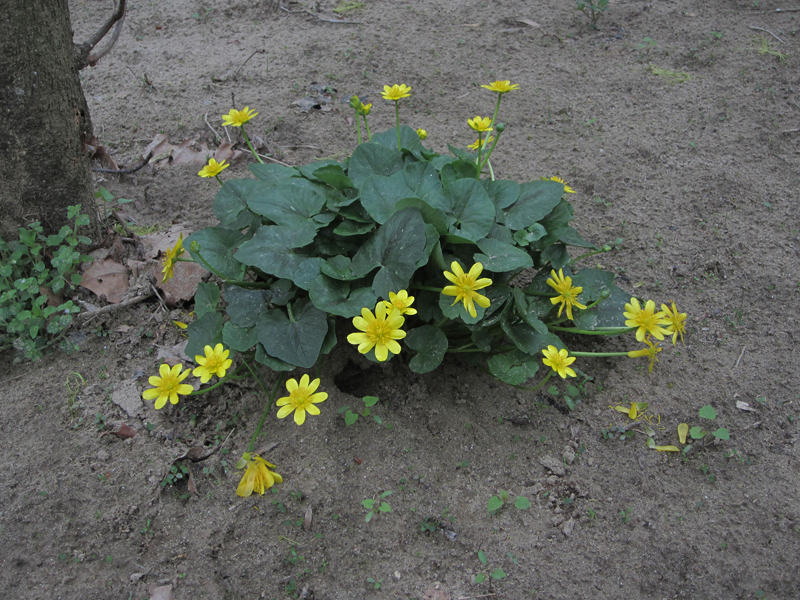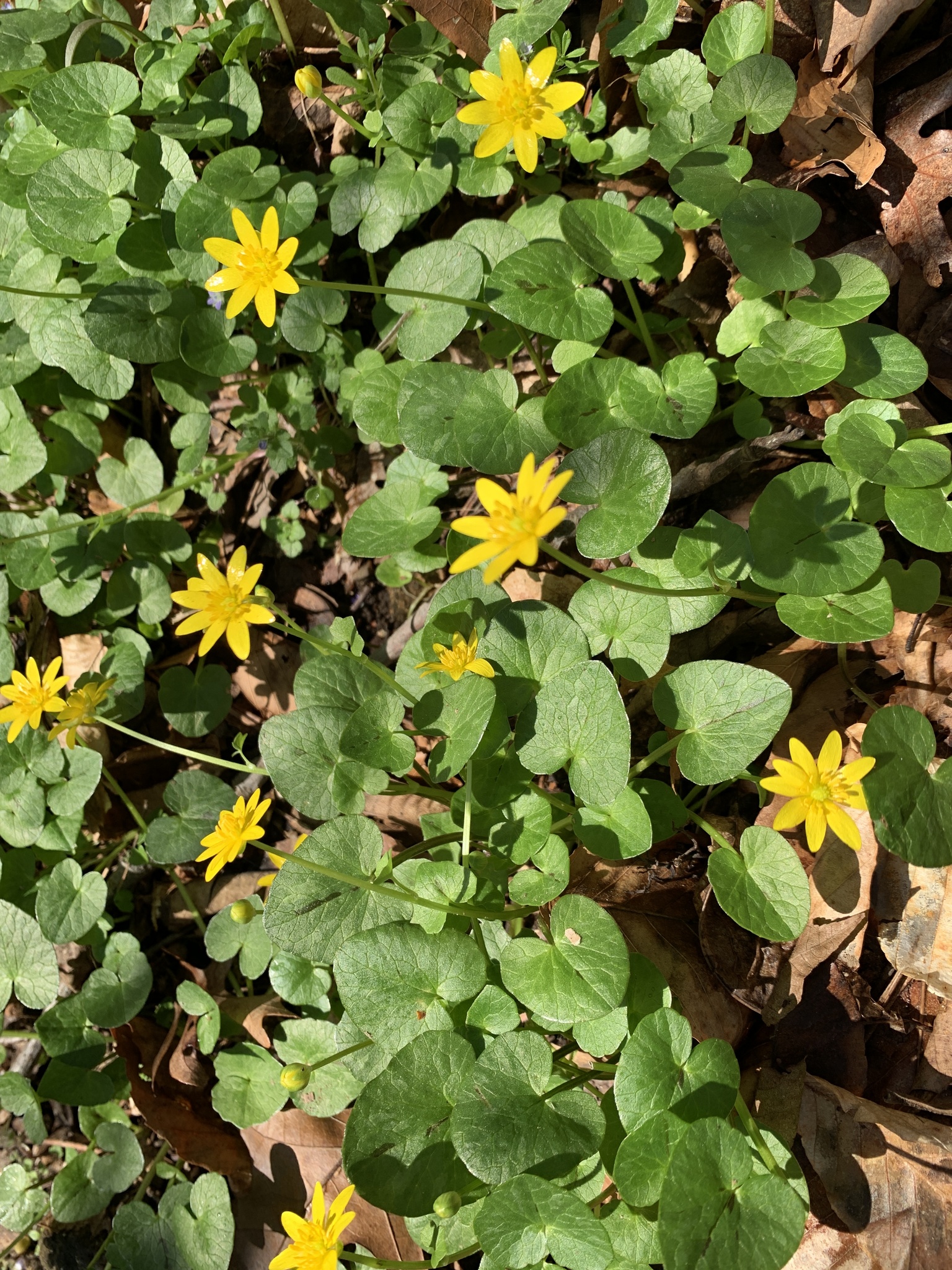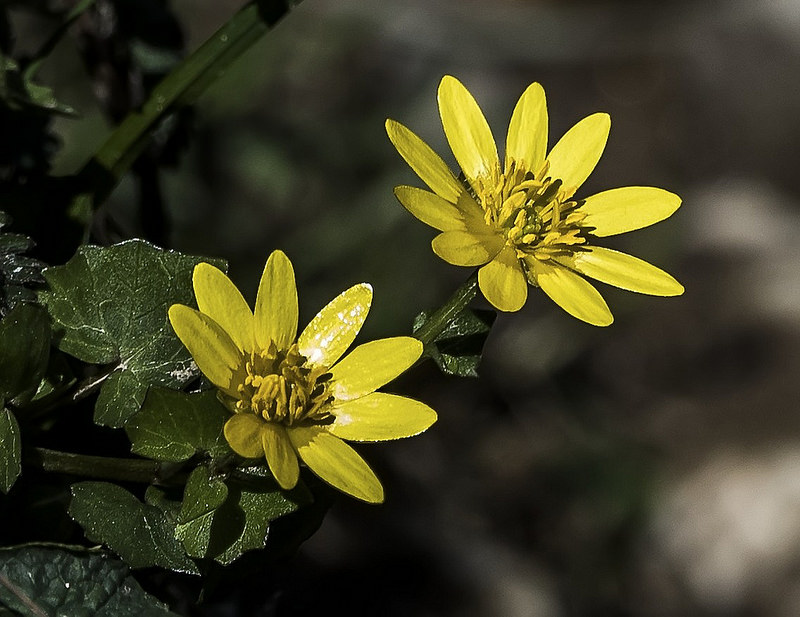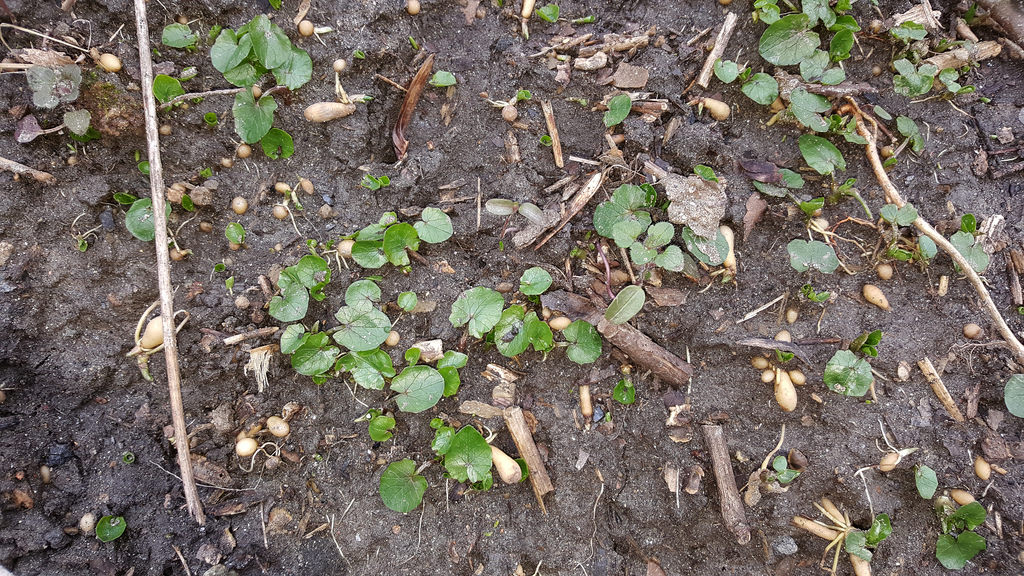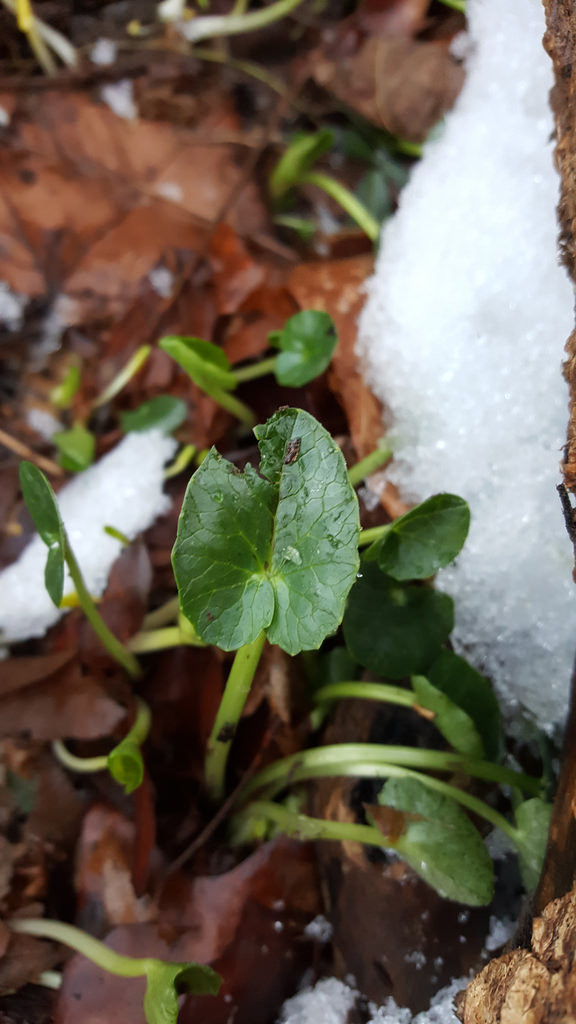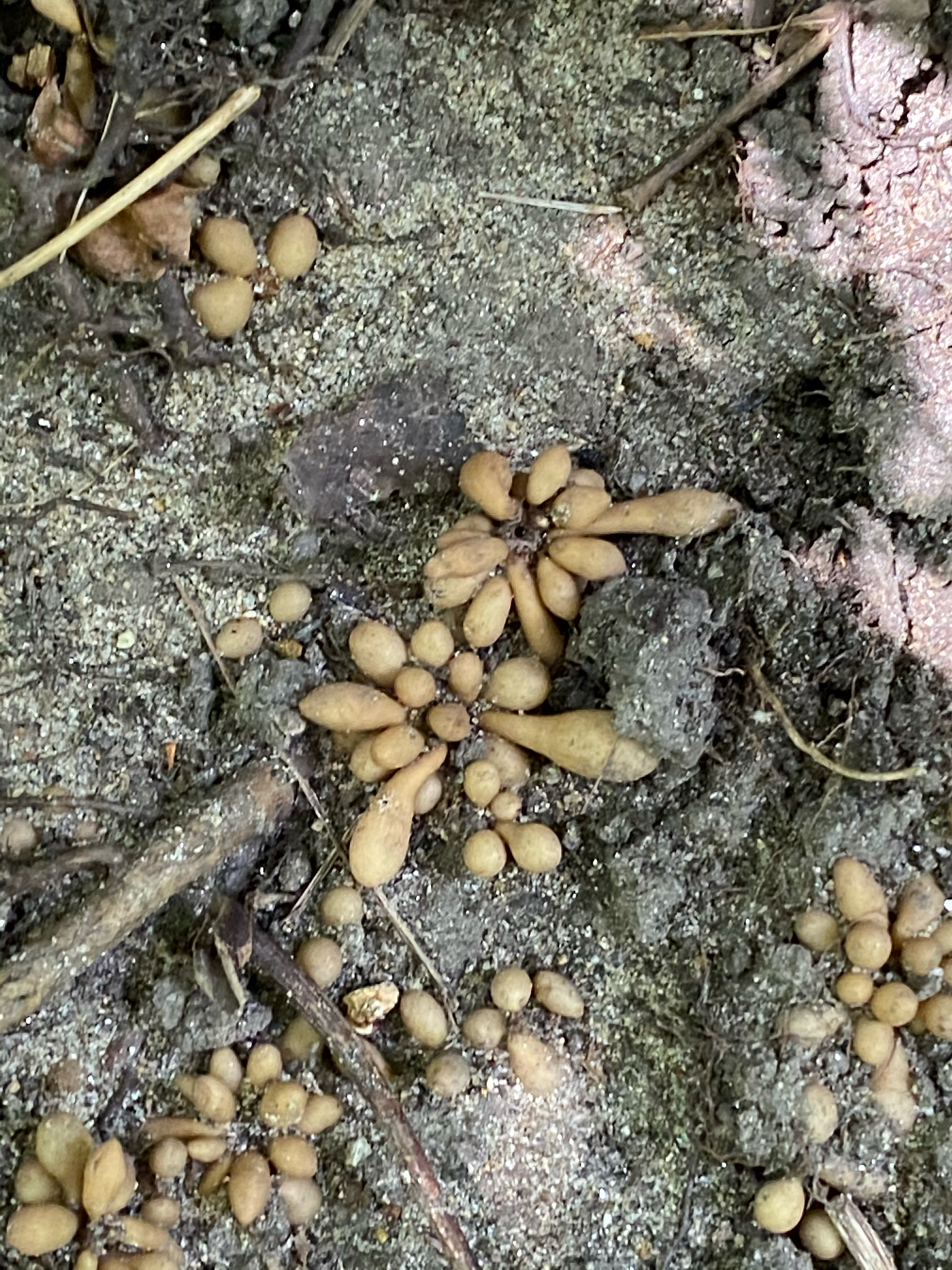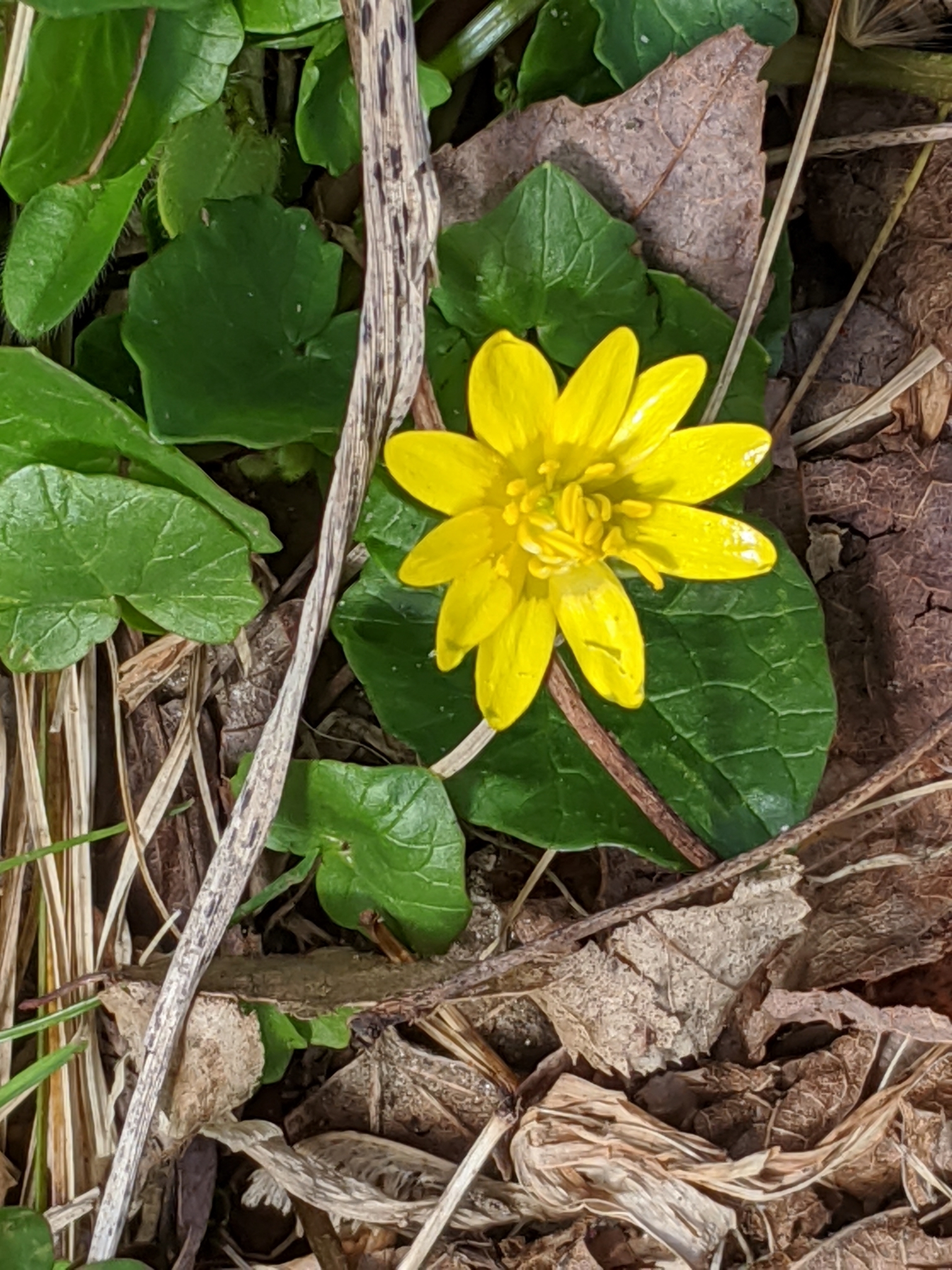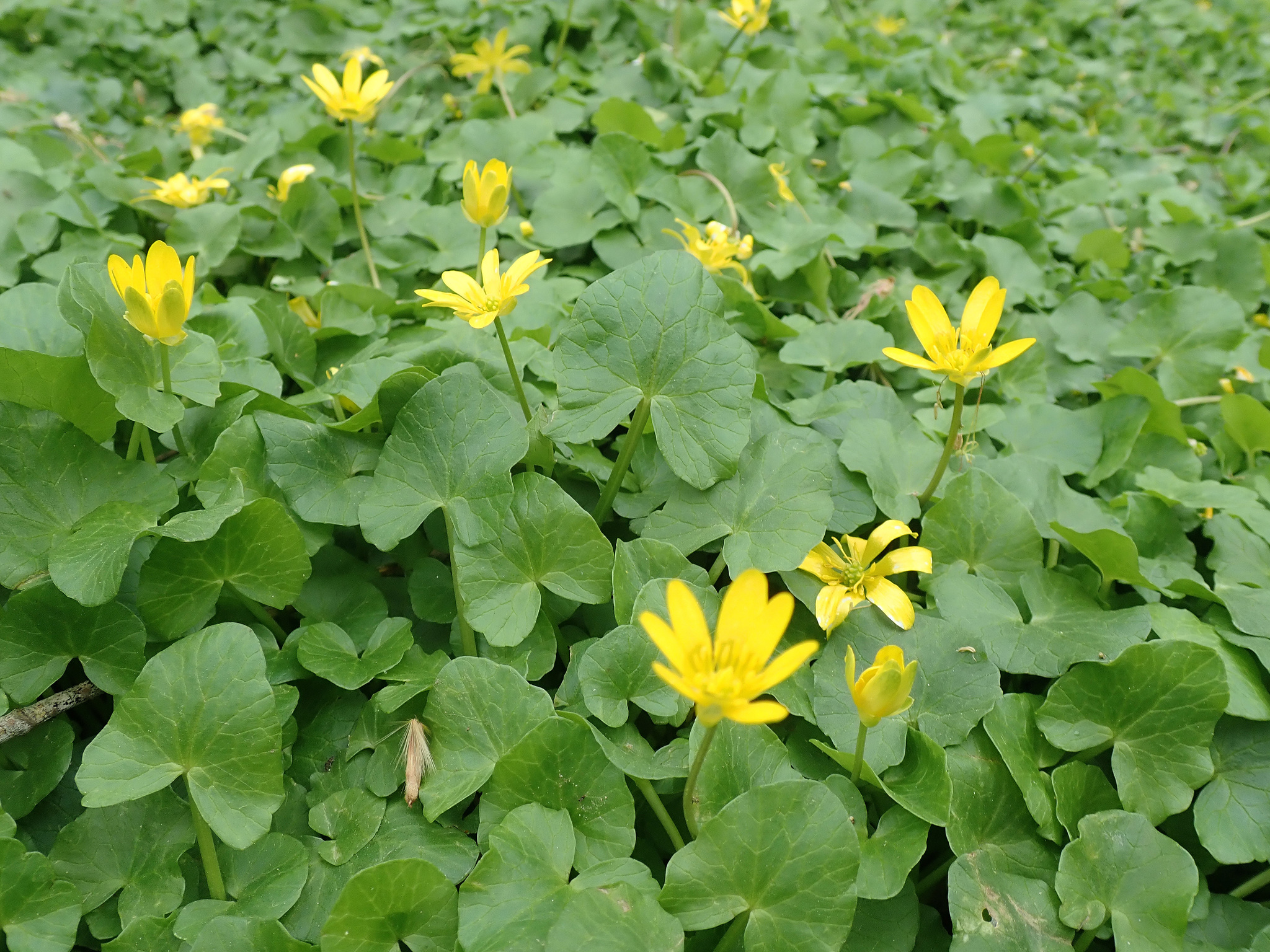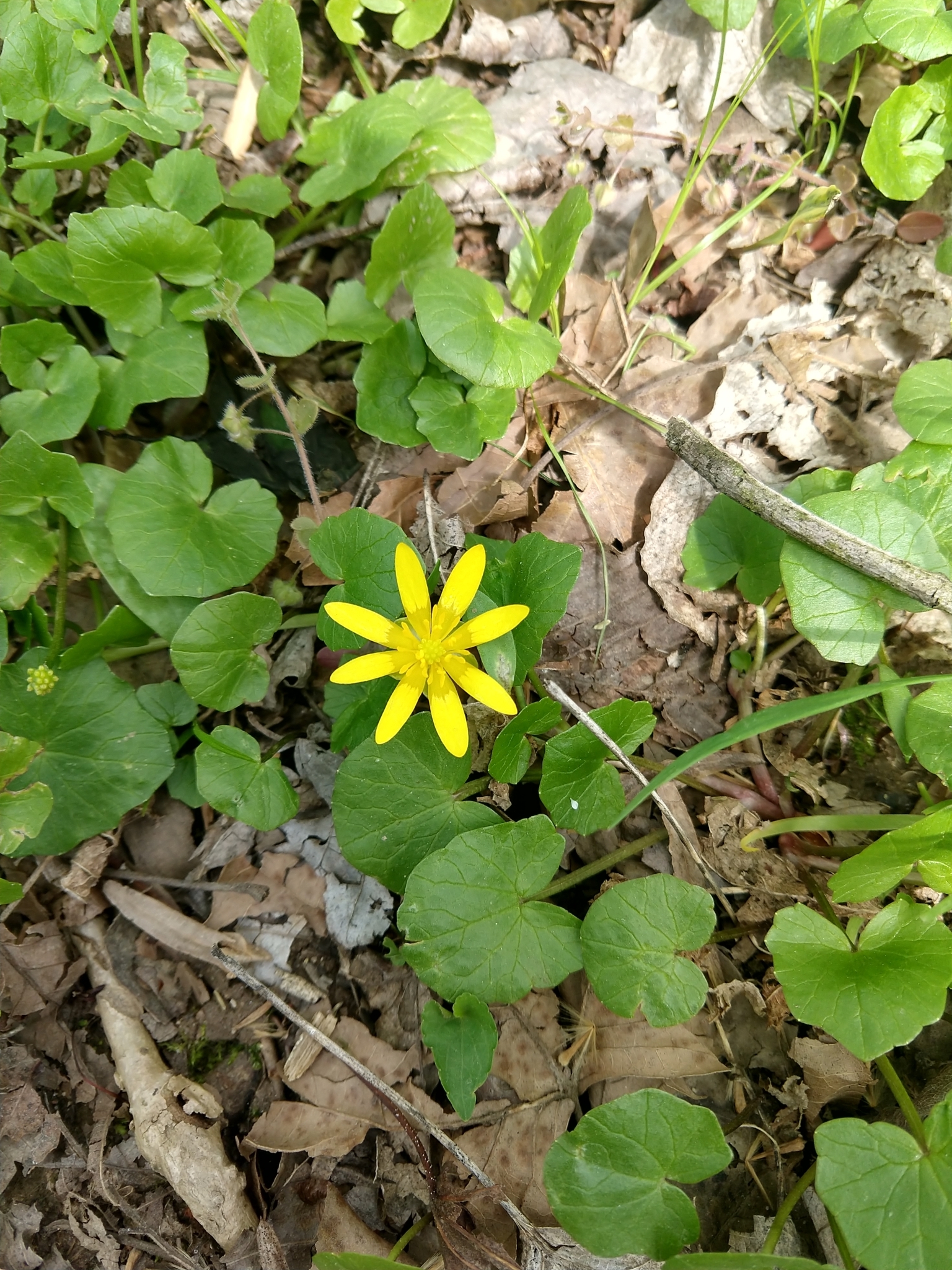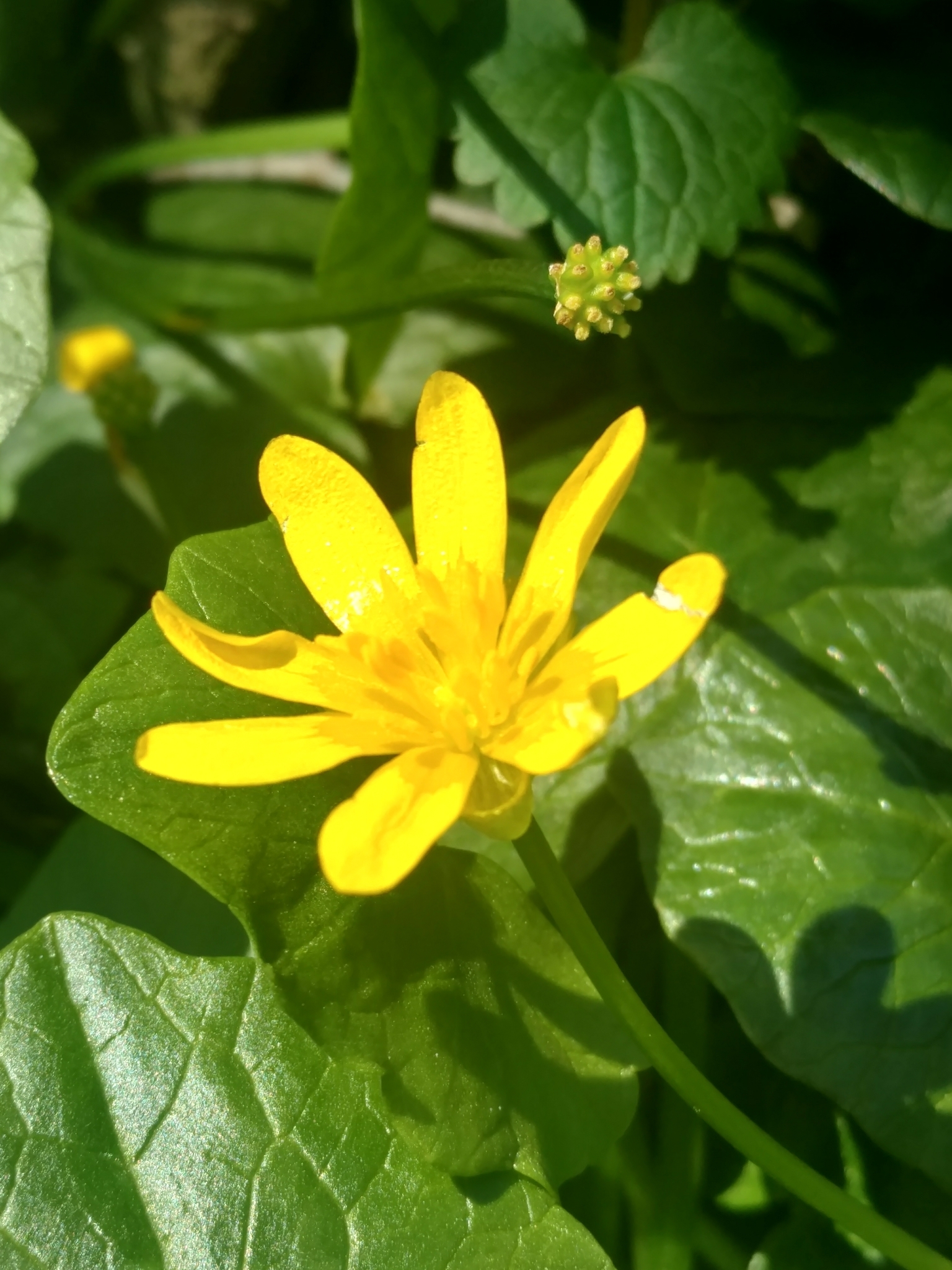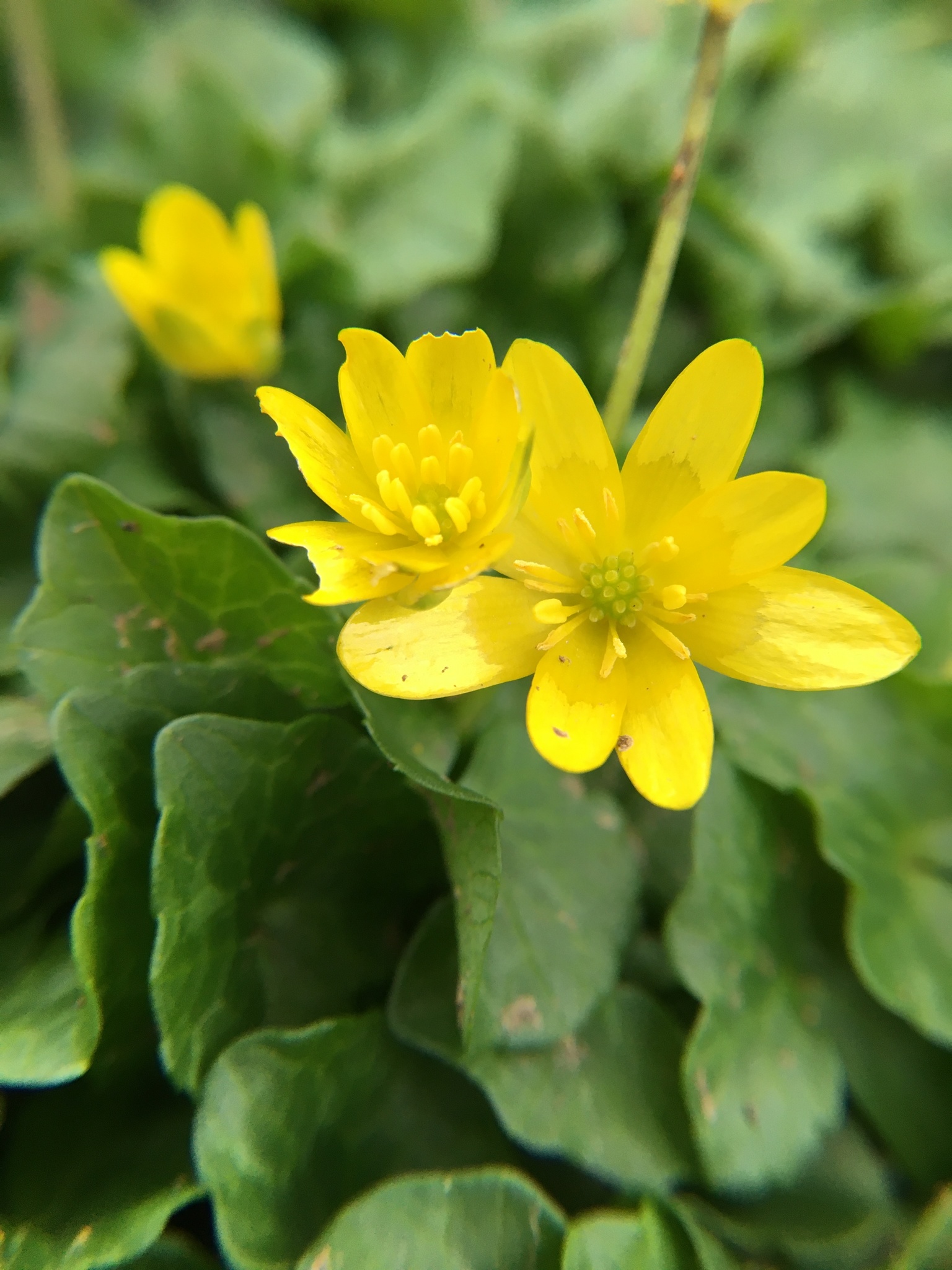

 Synonyms: Ficaria verna ssp. calthifolia, Ficaria verna ssp. chrysocephala, Ficaria verna ssp. fertilis, Ficaria verna ssp. ficariiformis, Ficaria verna ssp. verna, Fig Buttercup.
Synonyms: Ficaria verna ssp. calthifolia, Ficaria verna ssp. chrysocephala, Ficaria verna ssp. fertilis, Ficaria verna ssp. ficariiformis, Ficaria verna ssp. verna, Fig Buttercup.






















This highly invasive Eurasian species can be abundant in riparian/floodplain habitats. It emerges even earlier than most of our native spring ephemeral species, providing a terrible competitive advantage. During the species' dormant period from June to late winter, it leaves the ground barren and susceptible to erosion. Unfortunately it is very difficult to control and typically requires chemical treatment.
There are 1,175 records in the project database.
| GA | AL | WA | FR | CL | MO | HO | BA | BC | HA | CE | PG | AA | CV | CH | SM | KE | QA | CN | TA | DO | WI | SO | WO |


